- News
- Reviews
- Bikes
- Components
- Bar tape & grips
- Bottom brackets
- Brake & gear cables
- Brake & STI levers
- Brake pads & spares
- Brakes
- Cassettes & freewheels
- Chains
- Chainsets & chainrings
- Derailleurs - front
- Derailleurs - rear
- Forks
- Gear levers & shifters
- Groupsets
- Handlebars & extensions
- Headsets
- Hubs
- Inner tubes
- Pedals
- Quick releases & skewers
- Saddles
- Seatposts
- Stems
- Wheels
- Tyres
- Tubeless valves
- Accessories
- Accessories - misc
- Computer mounts
- Bags
- Bar ends
- Bike bags & cases
- Bottle cages
- Bottles
- Cameras
- Car racks
- Child seats
- Computers
- Glasses
- GPS units
- Helmets
- Lights - front
- Lights - rear
- Lights - sets
- Locks
- Mirrors
- Mudguards
- Racks
- Pumps & CO2 inflators
- Puncture kits
- Reflectives
- Smart watches
- Stands and racks
- Trailers
- Clothing
- Health, fitness and nutrition
- Tools and workshop
- Miscellaneous
- Buyers Guides
- Features
- Forum
- Recommends
- Podcast
£1,799.00
VERDICT:
The Santiago delivers a comfortable and enjoyable ride over a range of terrains, no matter what the distance
Weight:
11,790g
Contact:
At road.cc every product is thoroughly tested for as long as it takes to get a proper insight into how well it works. Our reviewers are experienced cyclists that we trust to be objective. While we strive to ensure that opinions expressed are backed up by facts, reviews are by their nature an informed opinion, not a definitive verdict. We don't intentionally try to break anything (except locks) but we do try to look for weak points in any design. The overall score is not just an average of the other scores: it reflects both a product's function and value – with value determined by how a product compares with items of similar spec, quality, and price.
What the road.cc scores meanGood scores are more common than bad, because fortunately good products are more common than bad.
- Exceptional
- Excellent
- Very Good
- Good
- Quite good
- Average
- Not so good
- Poor
- Bad
- Appalling
According to Sonder Bikes, the Santiago is its take on the classic steel tourer: smooth, reliable and assured. As an all-round package it really delivers, especially from a comfort point of view, whether on or off-road.
- Pros: A beautifully smooth and comfortable frameset, decent tyre clearance
- Cons: Quite heavy, post mount callipers when the rest of the world has gone flat mount
Ride
If you've never ridden a steel frame then you really should. Generally speaking, even in its most basic alloy form the tubes it produces offer a smooth ride and tame road buzz, and this is what makes the Santiago such a comfortable place to spend many miles.
Our test bike came with 35mm wide tyres and one of my first long rides on the Sonder was a four-hour trek on the local gravel tracks. I didn't really have a route planned, so I wasn't sure of the terrain ahead, but with the tyres pumped up to a rigid 55psi I headed off.
The loop turned out to be more than 90 per cent off-road rather than tarmac, but even with those tyre pressures being reasonably high the Sonder never felt uncomfortable even on the rough and rocky sections. There seems to be quite a bit of forgiveness from the seatpost/seat tube combination.
A look at the figures says the Santiago is heavy at 11.79kg (26lb) but it doesn't really feel like it. It has a responsive frame, relatively speaking, and on smooth terrain you can cover a decent mileage without having to work too hard.
It's only on the really steep climbs that you feel a little impaired, especially as it quickly loses the fight with gravity the moment you hit the base of the incline, even when carrying a lot of speed. You just need to sit down, bang the gears into the basement and tap away at it. Once I'd learned that, the Santiago and I got on well.
Being designed primarily as a tourer, the Santiago has a long wheelbase compared to something with more of racing bias. Our medium with a 56cm effective top tube length covers 1,063mm between its axles, which makes for a very composed bike on the road even when loaded up.
It'd make a great commuter bike too, if you are the type of rider who isn't scared when the weather turns a little bit iffy.
A lot of this is achieved by the lengthy 450mm chainstays, which offer plenty of tyre clearance and room for mudguards.
Up front, the head angle is a relaxed 71 degrees and you get a fork rake of 55mm (race bikes are usually around 45mm), which gives very neutral handling on the road. Exactly what you want when you are in for the long haul – a 600km audax on unfamiliar roads, for example.
What I really like, though, is that when you are on gravel tracks or diverting down that little byway you've never noticed before, the steering speed on a loose surface is fun enough to be exciting when you are pushing on but still controllable at slower speeds, without feeling like you need to be thinking too much about it.
If you are a hardcore four-season rider, one of those people who gets on the bike every morning without even taking a look out of the window at the weather, then you'd relate to the Santiago. It can take it all on. A change to lighter wheels and slick tyres for the good months would be all you'd need.
Obviously, there are a few compromises with all of this neutrality and relaxed handling when it comes to the trickier, faster sections on a descent. Admittedly, that's not exactly what you'd be buying this bike for, but it manages to hold its own through the bends.
Its weight means the Santiago feels planted to the surface, and the frame and components we've got here offer a decent amount of feedback, which lets you unleash the bike a little to have some fun.
And if it goes a little bit pear shaped – which it often does when you are testing the handling limits of bikes in for review – the SRAM Apex hydraulic brakes do a very good job of bringing the Santiago back to a more manageable speed.
Frame and fork
The top tube, seat tube and down tube are manufactured using cold worked and air hardened Reynolds 631 steel, with the rear triangle, straight 1 1/8in head tube and fork using chromoly instead, which gives an all-up weight of around 3.5kg.
Overall quality looks to be impressively good.
Yes, the frame and fork are running some (by the latest bike standards at least) old school accoutrements like post mount calliper mounts, a non-tapered head tube and quick releases for the wheels, but it doesn't really matter. It all works and delivers exactly as I'd expect for this kind of bike.
The welding is neat and tidy plus there are plenty of hose and cable guides adorning the frameset. It's all external but, just like the material used in the frame and fork, easily fixable and tuneable when out in the wilds. The paint job will take some stick too.
There are three bottle cage mounts plus, as I mentioned earlier, plenty of fixings for mudguards and racks, including four different options on the fork.
The Santiago will take both 650B and 700C wheels, with tyre clearances of 47mm and 37mm respectively, which covers the bases for the type of riding the bike is designed for.
Worthy of note is that Sonder offers a 10-year warranty on its steel and titanium frames, which is a good sign that it's willing to back up its products.
The Santiago comes in a range of four sizes from small to extra-large, in either a blue or grey colourway.
The build
This bike is based around a SRAM Rival groupset with hydraulic braking, but on Sonder's website it says it can tweak the build to one that suits you, which gives you a bit of customisation, plus you can tweak the sizes of the Love Mud components to suit, free of charge.
SRAM Rival, as Dave described it in his review, is a very good mid-range groupset.
Shifting is decent enough once you get used to the dynamics of its DoubleTap gear levers, and its brake callipers, when paired with these Avid Centerline 160mm rotors, offer very powerful stopping.
Sonder has gone for a 50/34 compact chainset paired to an 11-speed cassette, with ratios ranging from 11 to 36 teeth. On a race or endurance bike that would feel pretty gappy, but here on the Santiago it's totally fine, giving you plenty of top end for fast descents with low enough ratios for grinding up steep climbs. That said, if you are spending a lot of time fully laden you might be better off with the Santiago in its Touring build option, which has a smaller 48/32 FSA chainset paired to an 11-42 11-speed cassette.
The finishing kit is all branded Love Mud and it does the job. It's aluminium alloy, and while it's not the most refined or shock absorbing, I had no real issues with it. Nothing slipped or moved when off-road and the saddle was surprisingly plush while still offering plenty of support.
The handlebar has a flared drop which gives you extra stability when riding at speed, while offering more nimble steering when up on the narrower hood section. The drop is compact too, so switching between the two isn't an issue when the surface is on the rough side.
Love Mud also takes care of the wheelset with its Orbit model, paired with 35mm Panaracer Tour tyres.
Sonder has gone with a robust 32-spoke build front and rear, and they can take some abuse. I hit rocks and potholes at speed on the gravel rides and both the wheels and tyres took it in their stride with no damage or flats.
The tyres have minimal tread which makes them roll reasonably well on the road, but they can also cope with loose gravel easily and firm mud. A good fair weather tyre.
Value
When it comes to the cost, if you are used to looking at lightweight, mass-produced carbon fibre race bikes then the Santiago might look quite pricey at £1,799 (currently reduced to £1,549).
It's the same price as the Genesis Tour de Fer we tested in its 30 guise. That comes with a Reynolds 725 frameset, a triple Shimano Tiagra groupset and cable-operated disc brakes, which to me makes the Santiago look slightly better for your money.
> Buyer's Guide: 13 of the best touring bikes
Up against the Bombtrack Audax the Santiago also looks impressive. The Bombtrack costs £2,100 with a Shimano 105 groupset, albeit with cable-operated discs; it is a bit lighter but to my mind the Santiago has a nicer riding frameset. The Bombtrack had quite a lifeless feel, but the Sonder I enjoyed riding: it was quite sprightly considering the weight, and I felt as though I was part of the bike rather than just sitting on it.
Conclusion
The Santiago could possibly look like it's been hanging around from a bygone age, but it delivers a beautiful ride quality on and off-road thanks to its geometry giving you a stable platform regardless of where you are riding.
Verdict
The Santiago delivers a comfortable and enjoyable ride over a range of terrains, no matter what the distance
road.cc test report
Make and model: Sonder Santiago Rival22 Hydraulic
Size tested: Medium
About the bike
List the components used to build up the bike.
Frame Santiago frame
Fork Santiago fork, Rack/guard mounts
Headset FSA Orbit MX
Spacers Love Mud Spacers
Drivetrain
Rear rotor Avid Centreline Rotor, 160 mm
Front rotor Avid Centreline Rotor, 160 mm
Rear Mech SRAM Rival22 Rear Derailleur
Front Mech SRAM Rival22 Front Derailleur
Rear Shifter SRAM Rival 22 Hydraulic Direct Mount
Front Shifter SRAM Rival 22 Hydraulic Direct Mount
Chainset SRAM Rival22 Crankset, 172.5 mm, 50/34
Bottom Bracket SRAM GXP Bottom Bracket
Chain SRAM PC1110 Chain Link, 118 links
Cassette SRAM PG1130 cassette 11 speed, 11 - 36
Finishing Kit
Stem Love Mud Storc, 31.8 mm, 80 mm
Seatpost Love Mud Membar, 27.2 mm, 400 mm
Saddle Love Mud Abode
Tape/Grips Love Mud Reels
Handlebar Love Mud Bomber
Wheels
Wheels Love Mud Orbit wheelset, Shimano 11 speed
Rear Tyre Panaracer Tour, 35 mm
Front Tyre Panaracer Tour, 35 mm
Tube WTB Inner Tube Presta
Tell us what the bike is for and who it's aimed at. What do the manufacturers say about it? How does that compare to your own feelings about the bike?
Sonder describes the Santiago thus: "Santiago knows its heritage; cold-worked, air hardened steel is steeped in the history of long distance riding. But with bang up-to-date geometry, Santiago has a refreshing feel that you know will be good for years to come: 450 mm chainstays, 1.1 m wheelbase, 71 degree head angle, a fork rake of 55 and generous tyre clearance. This makes for a truly comfortable, fast, assured bike, both in its own right (audax slaying, winter riding) or when racked up for multi-month adventures."
I think Sonder has nailed the brief. I really enjoyed riding the Santiago on the road and off it.
Where does this model sit in the range? Tell us briefly about the cheaper options and the more expensive options
There are a range of build options at various price points, with this Rival22 model sitting at the top.
It starts with a frameset package for £449 and then a flat bar Apex 1x option for £1,299. Next up is the Rival 1x Mechanical build for £1,549 or for the same price you can go for the Touring.
All bikes and frames look to be discounted on the website.
Frame and fork
Overall rating for frame and fork
8/10
Tell us about the build quality and finish of the frame and fork?
The welding looks neat and tidy, plus no stone chips in the paint from the gravel tracks.
Tell us about the materials used in the frame and fork?
Sonder says, "Reynolds 631 is the construction material for touring bikes because of its classic smooth feel, long life and ease of maintenance."
Frame and fork specs:
Reynolds 631 steel, cold worked, air hardened seat tube, top tube and down tube
Chromoly fork and read frame
68 mm BSA threaded BB
Straight headtube (EC34) to fit 1 1/8' fork
100 mm front, 135 mm rear QR dropouts
Standard 160 mm post mount disc brakes
Full rack/guard mounts
Tyre clearance for 700 x 37 mm, 650b x 47 mm tyres
Tell us about the geometry of the frame and fork?
The geometry shows that the Santiago has a long wheelbase and slack head angle, making it ideal for the type of riding intended, with neutral handling.
How was the bike in terms of height and reach? How did it compare to other bikes of the same stated size?
This medium model has a stack of 585mm and a reach of 400mm. Its slightly higher front end is perfect for covering long distances in comfort.
Riding the bike
Was the bike comfortable to ride? Tell us how you felt about the ride quality.
Yes, very. The steel tubing really does deliver a supple ride.
Did the bike feel stiff in the right places? Did any part of the bike feel too stiff or too flexible?
I could feel a little bottom bracket flex when riding hard out of the saddle, but it was minimal and only noticeable when going absolutely flat out.
How did the bike transfer power? Did it feel efficient?
Considering its weight, surprisingly well.
Was there any toe-clip overlap with the front wheel? If so was it a problem?
No, none.
How would you describe the steering? Was it lively neutral or unresponsive? Neutral.
Tell us some more about the handling. How did the bike feel overall? Did it do particular things well or badly?
The Santiago feels very surefooted and easy to control.
Which components had the most effect (good or bad) on the bike's comfort? would you recommend any changes?
The saddle has decent padding which offers vibration reduction without being squidgy and bouncy. I would probably fit thicker bar tape though.
Which components had the most effect (good or bad) on the bike's stiffness? would you recommend any changes?
The bar and stem offered no flex over the rough ground.
Which components had the most effect (good or bad) on the bike's efficiency? would you recommend any changes?
Switching to lighter tyres and wheels for unladen road work makes quite a difference to the weight.
Rate the bike for efficiency of power transfer:
8/10
Rate the bike for acceleration:
7/10
Rate the bike for sprinting:
6/10
Rate the bike for high speed stability:
8/10
Rate the bike for cruising speed stability:
9/10
Rate the bike for low speed stability:
9/10
Rate the bike for flat cornering:
8/10
Rate the bike for cornering on descents:
8/10
Rate the bike for climbing:
7/10
The drivetrain
Rate the drivetrain for performance:
8/10
Rate the drivetrain for durability:
8/10
Rate the drivetrain for weight:
8/10
Tell us some more about the drivetrain. Anything you particularly did or didn't like? Any components which didn't work well together?
A solid all round groupset that works very well, even when coated in mud.
Wheels and tyres
Rate the wheels for performance:
7/10
Rate the wheels for durability:
8/10
Rate the wheels for weight:
6/10
Rate the wheels for comfort:
7/10
Tell us some more about the wheels.Did they work well in the conditions you encountered? Would you change the wheels? If so what for?
Solid wheels to take on pretty much everything that you can throw at them, the only sacrifice being the weight.
Rate the tyres for performance:
7/10
Rate the tyres for durability:
8/10
Rate the tyres for weight:
6/10
Rate the tyres for comfort:
7/10
Tell us some more about the tyres. Did they work well in the conditions you encountered? Would you change the tyres? If so what for?
Decent performers especially on the gravel, but roll well enough on the road too.
Controls
Rate the controls for performance:
7/10
Rate the controls for durability:
8/10
Rate the controls for weight:
7/10
Rate the controls for comfort:
6/10
Tell us some more about the controls. Any particularly good or bad components? How would the controls work for larger or smaller riders?
It's all aluminium alloy and does the job. The shape of the bar works perfectly for road and gravel use and for all rider sizes.
Your summary
Did you enjoy riding the bike? Yes
Would you consider buying the bike? Yes
Would you recommend the bike to a friend? Yes
How does the price compare to that of similar bikes in the market, including ones recently tested on road.cc?
Looking at some of the bikes of this genre we've recently tested from the likes of Bombtrack and Genesis, the Santiago stacks up well, especially when it comes to the groupset and braking.
Rate the bike overall for performance:
8/10
Rate the bike overall for value:
6/10
Use this box to explain your overall score
Sonder has created a traditional looking and riding steel frame with modern day compact geometry to create a really fun bike to ride. It's well made too.
About the tester
Age: 40
I usually ride: This month's test bike My best bike is: B'Twin Ultra CF draped in the latest bling test components
I've been riding for: Over 20 years I ride: Every day I would class myself as: Expert
I regularly do the following types of riding: time trialling, commuting, club rides, sportives, fixed/singlespeed
Since writing his first bike review for road.cc back in early 2009 senior product reviewer Stu has tested more than a thousand pieces of kit, and hundreds of bikes.
With an HND in mechanical engineering and previous roles as a CNC programmer/machinist, draughtsman and development engineer (working in new product design) Stu understands what it takes to bring a product to market. A mix of that knowledge combined with his love of road and gravel cycling puts him in the ideal position to put the latest kit through its paces.
He first made the switch to road cycling in 1999, primarily for fitness, but it didn’t take long for his competitive side to take over which led to around ten years as a time triallist and some pretty decent results. These days though riding is more about escapism, keeping the weight off and just enjoying the fact that he gets to ride the latest technology as part of his day job.





































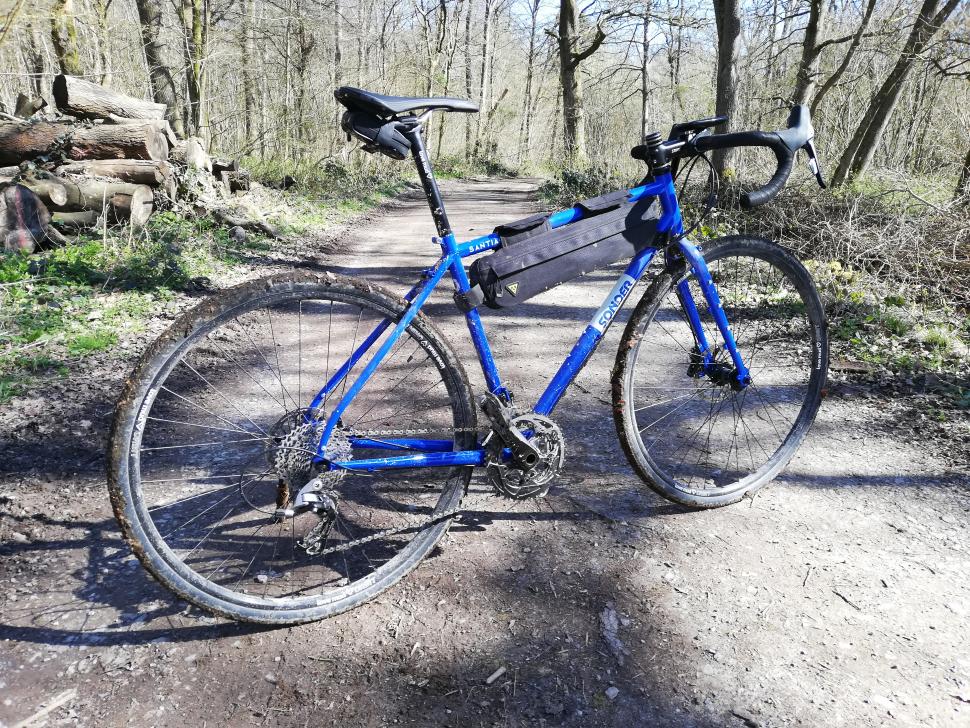

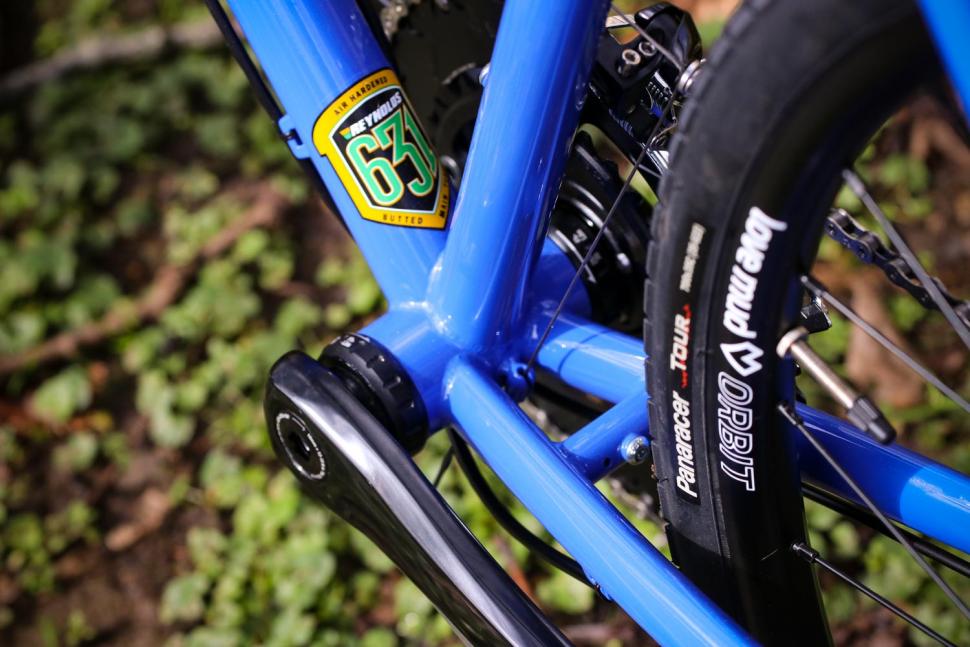
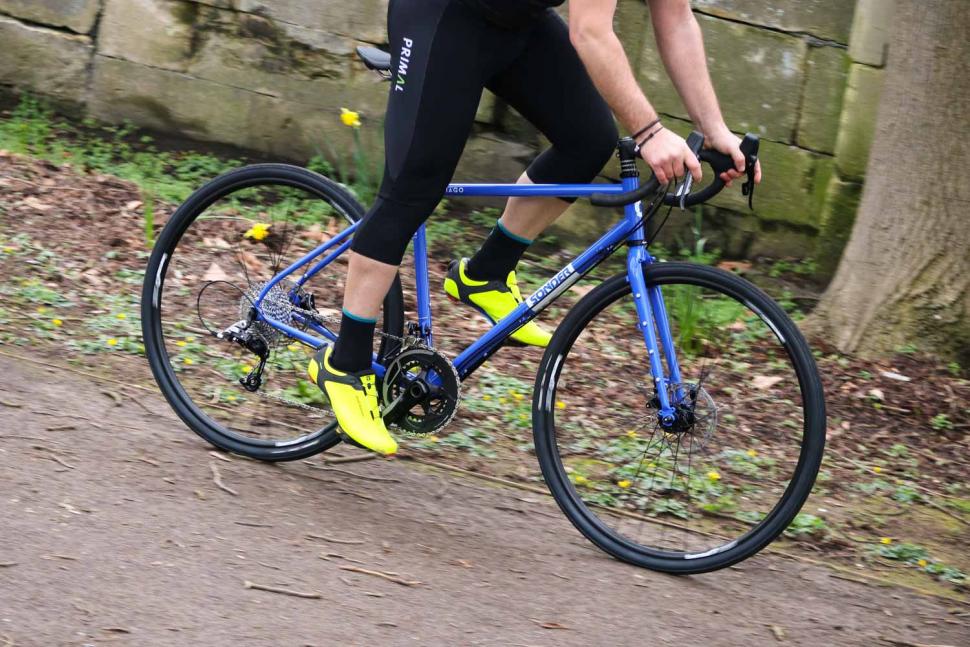
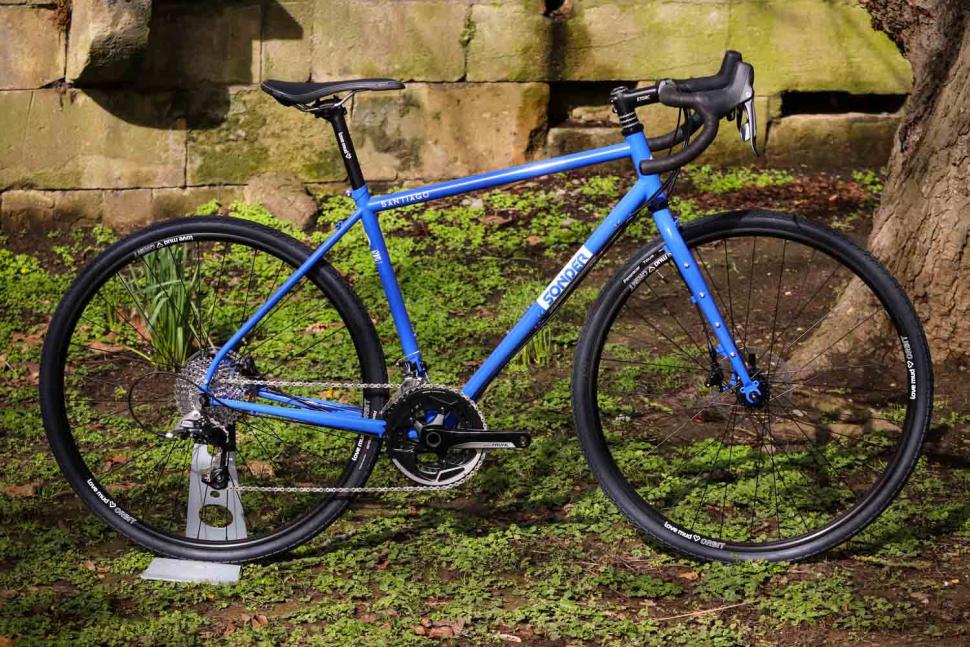
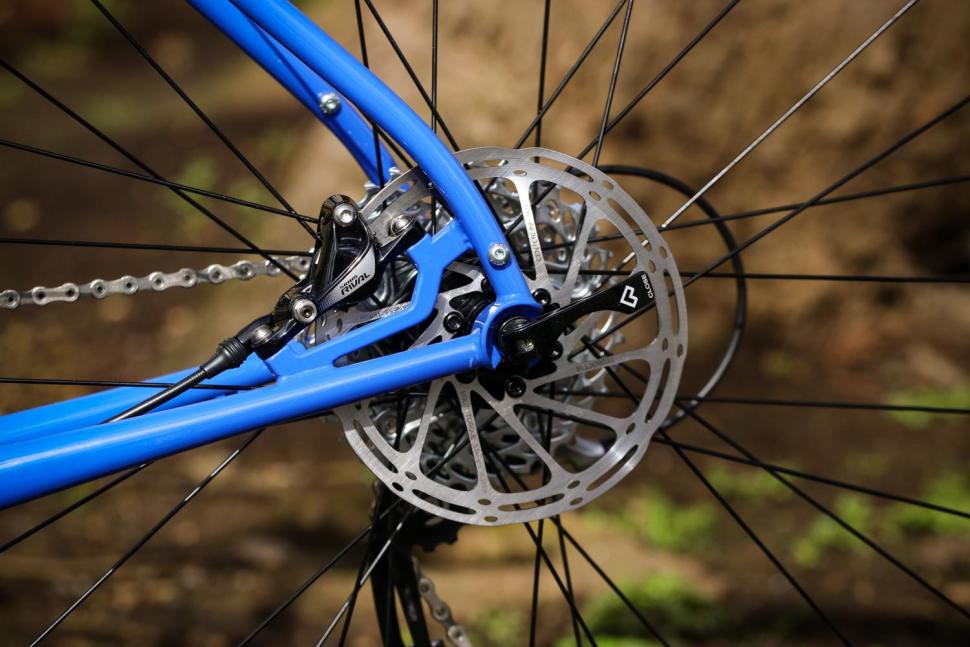
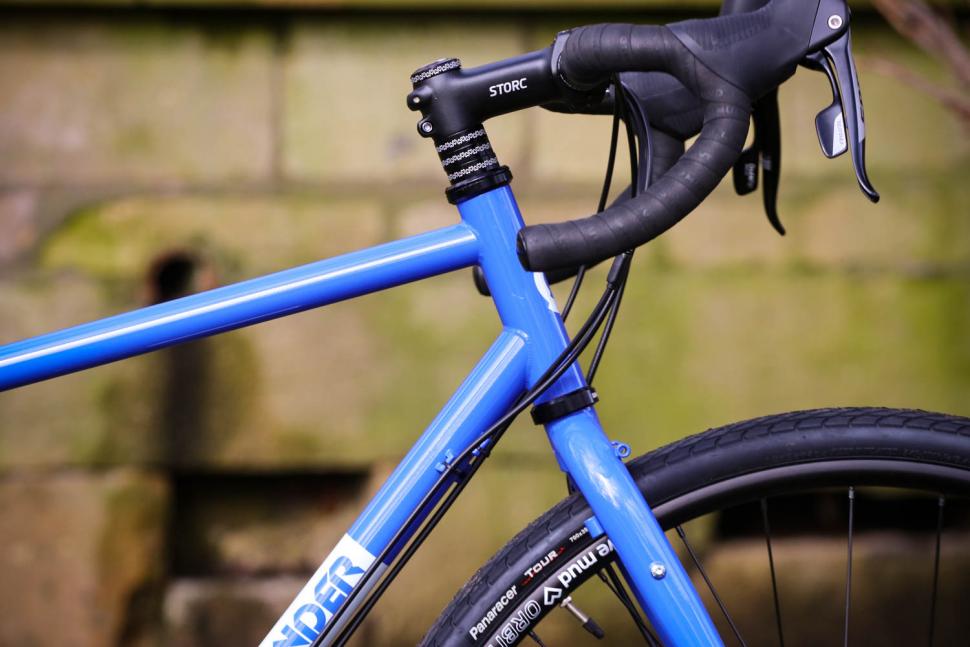
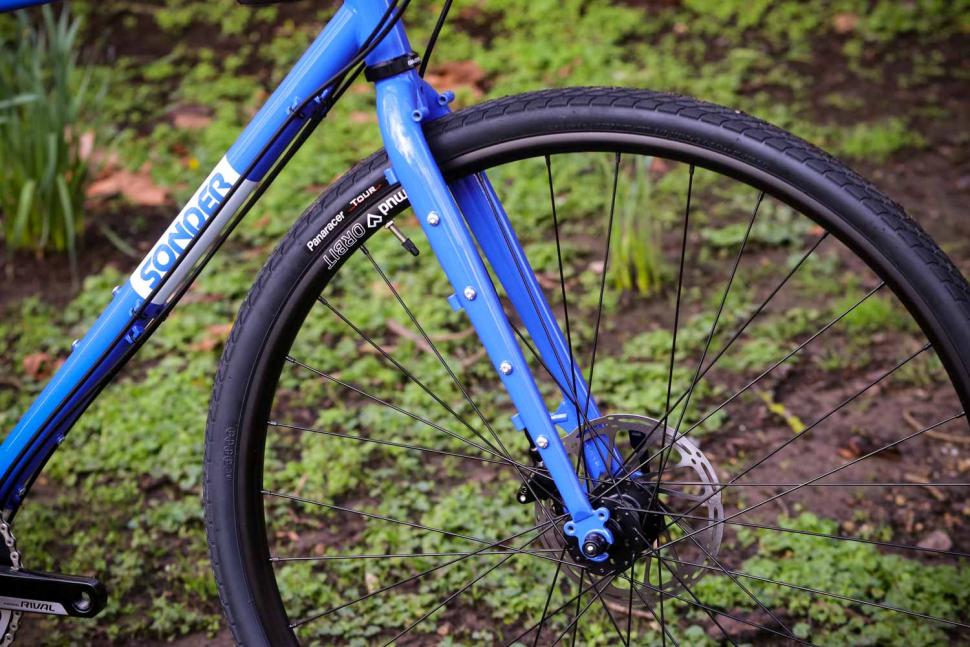
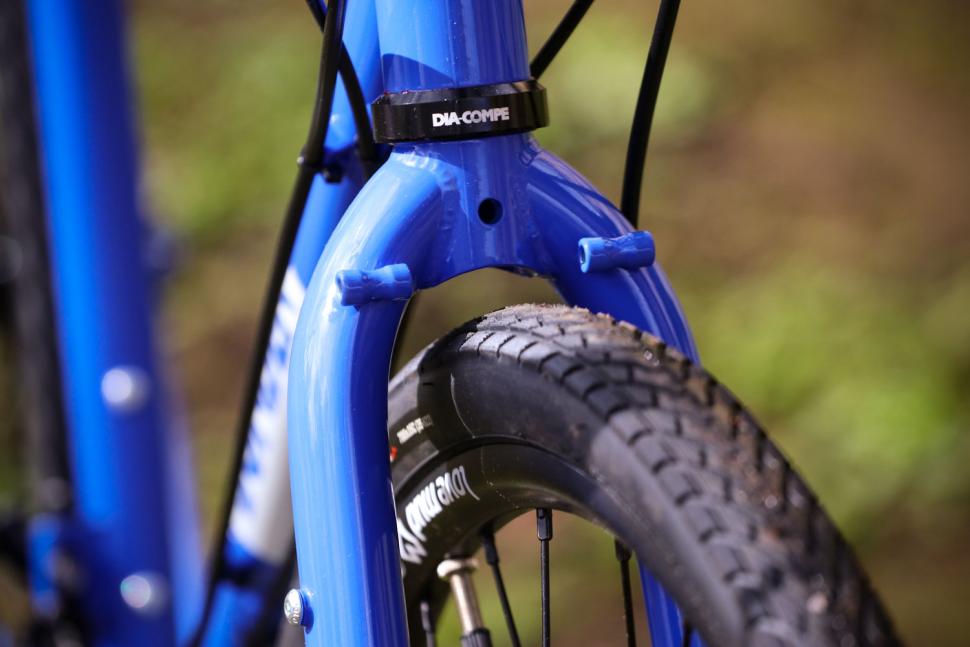
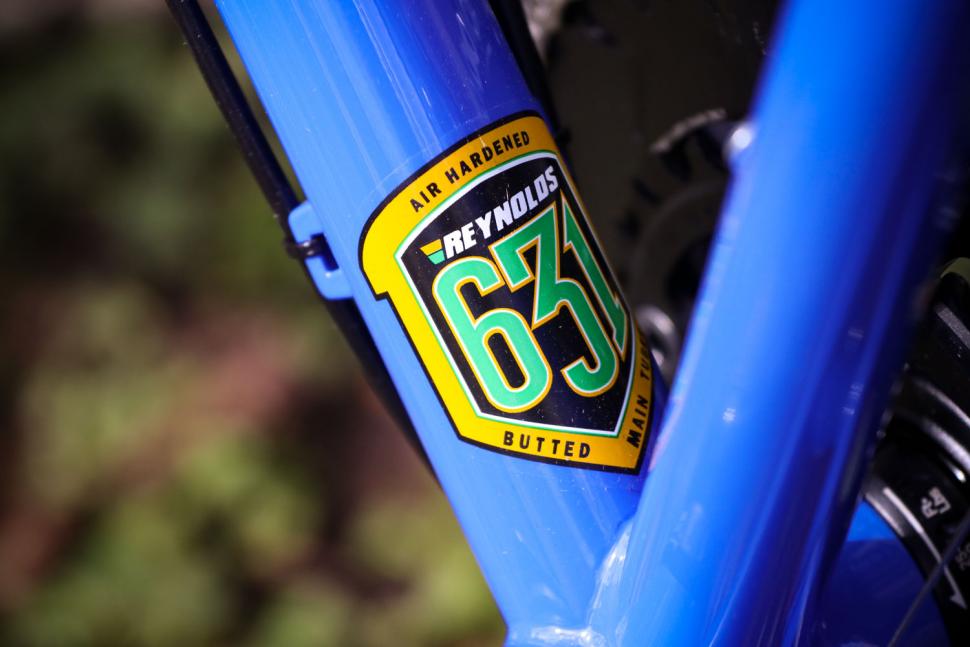
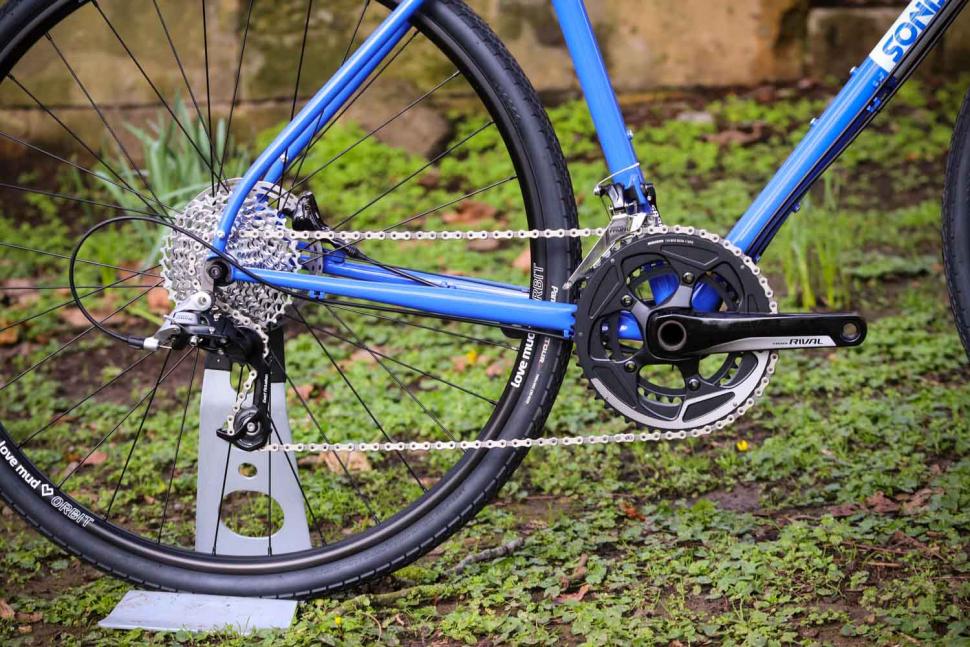
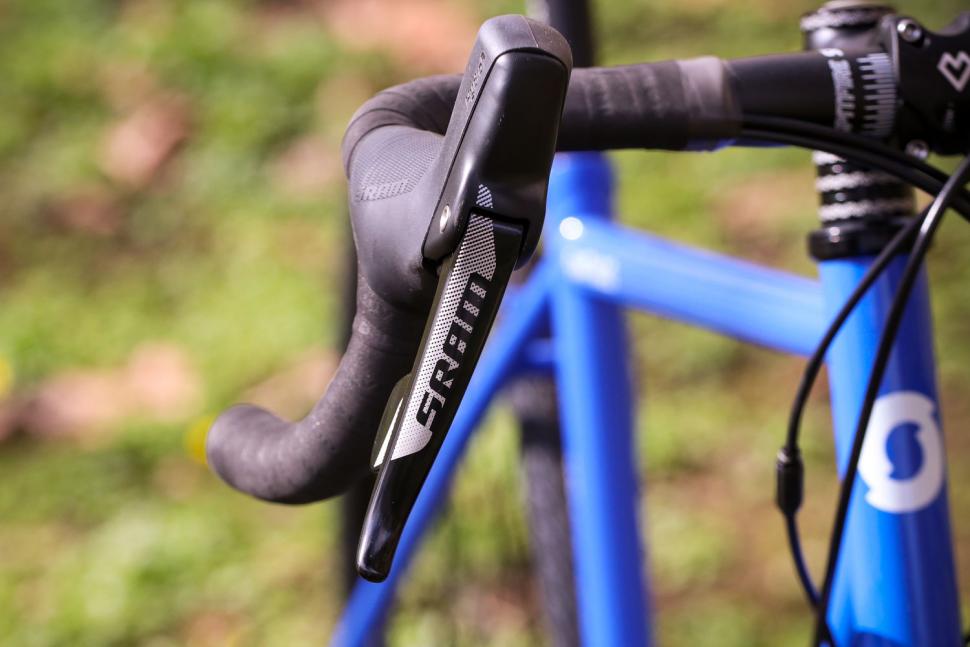

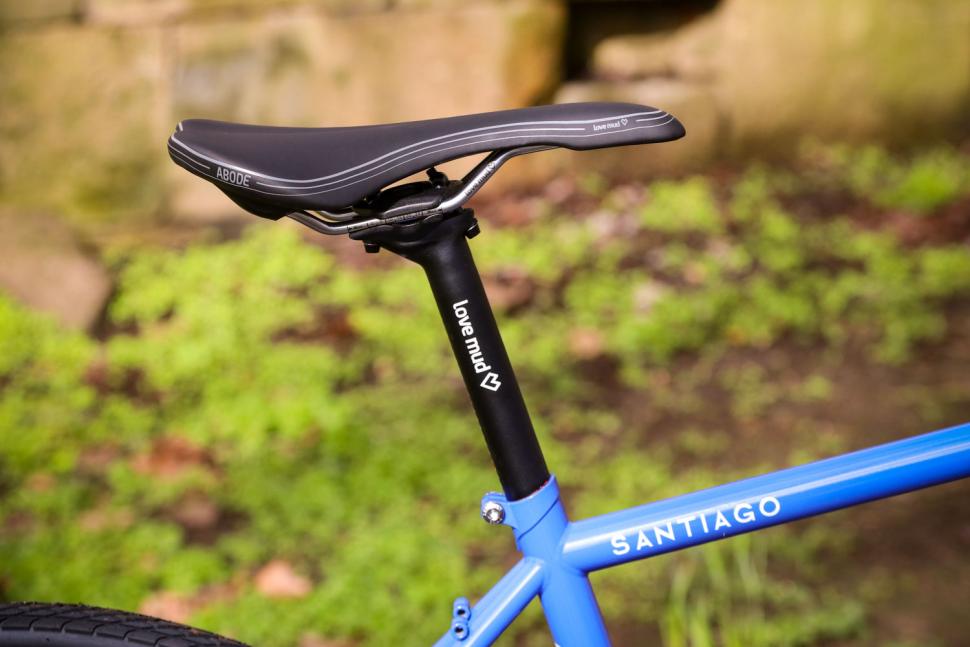
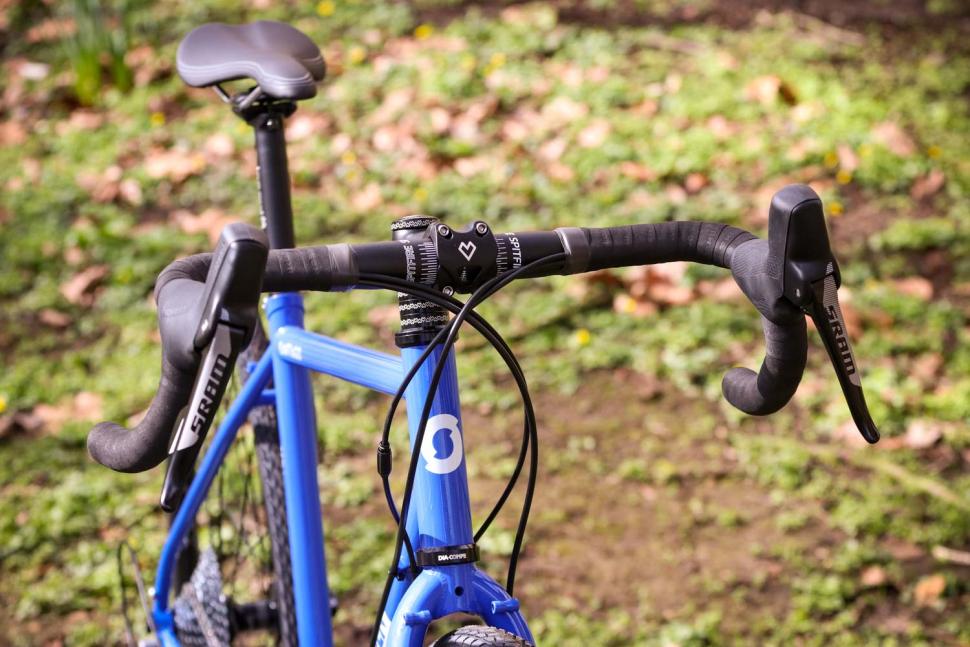
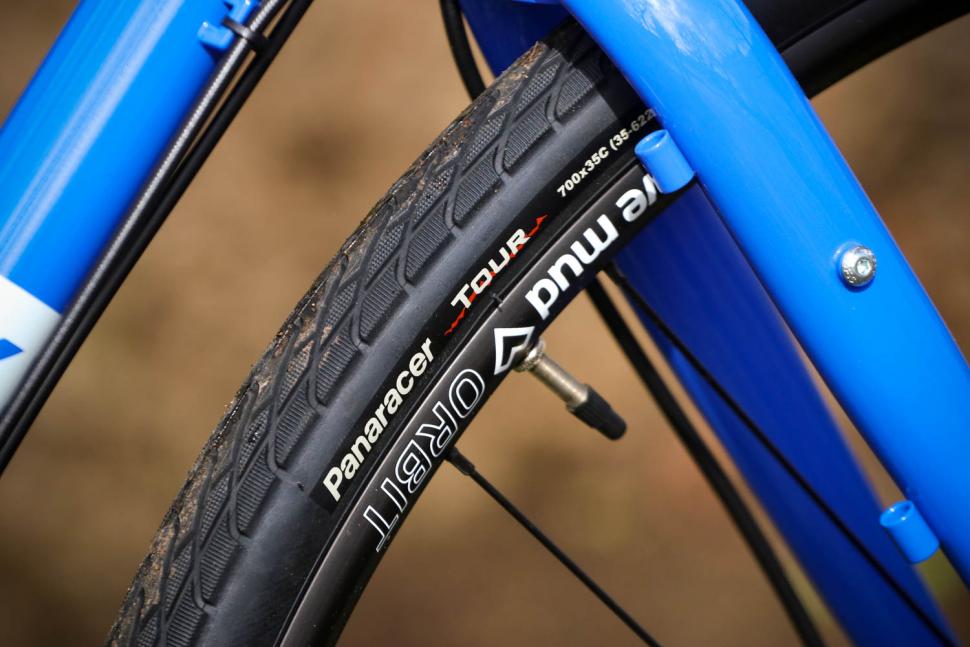

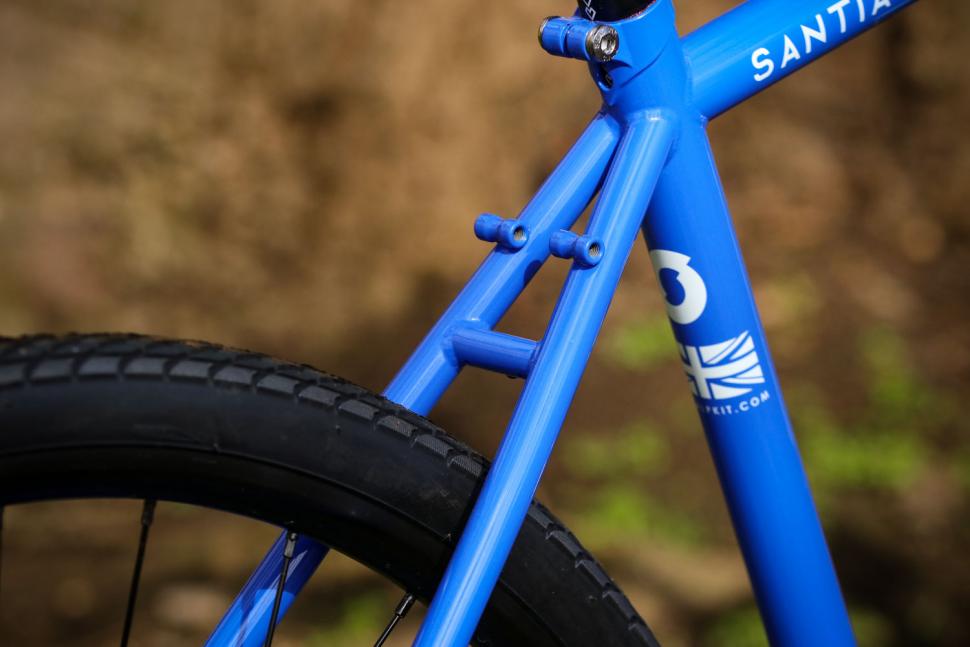


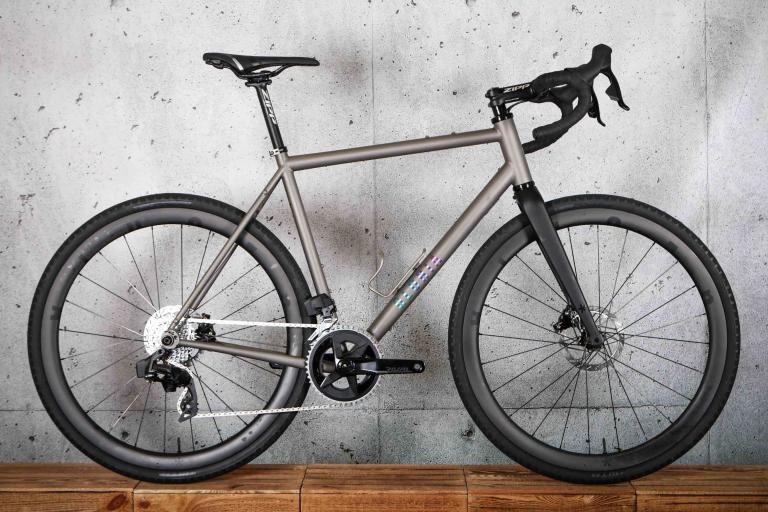
This website offers suitable data: https://www.automobiledimension.com/large-suv-4x4-cars.php
Perhaps park the goods in a US Customs Bonded warehouse and then import them out of there when the tariff nonsense settles down?...
Good to see a road.cc review of what must be one of the UK's best-selling 'proper' road bikes. 6/10 feels a little harsh though: the tyres could be...
Another thing ruined by the Americans
Nice to see WvA featuring in the finale.
I have known more than one elder statesman of the club die of a heart failure while out on a ride. Sometimes I feel that's about to happen to me,...
Via the "wireless active steering system".
137m is the farthest I have observed when quickly looking at the Garmin unit....
Yours worked wonders, but if you insist, I'll hop to it...why the need for extra police? Did the fire brigade bottle it?
As if Tadej Pogacar's slavery-supporting jersey is any different...